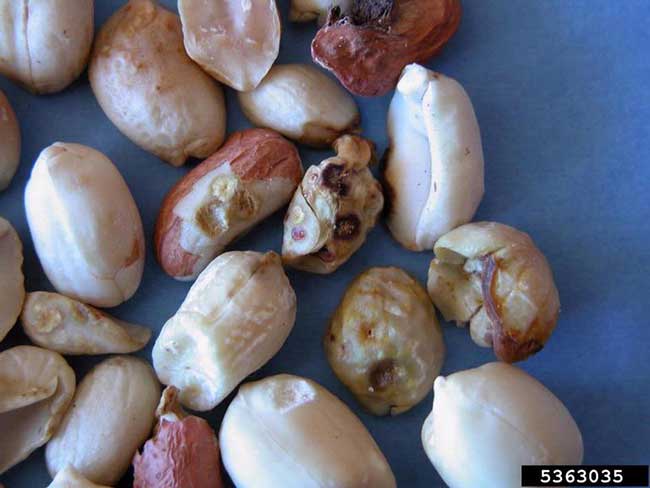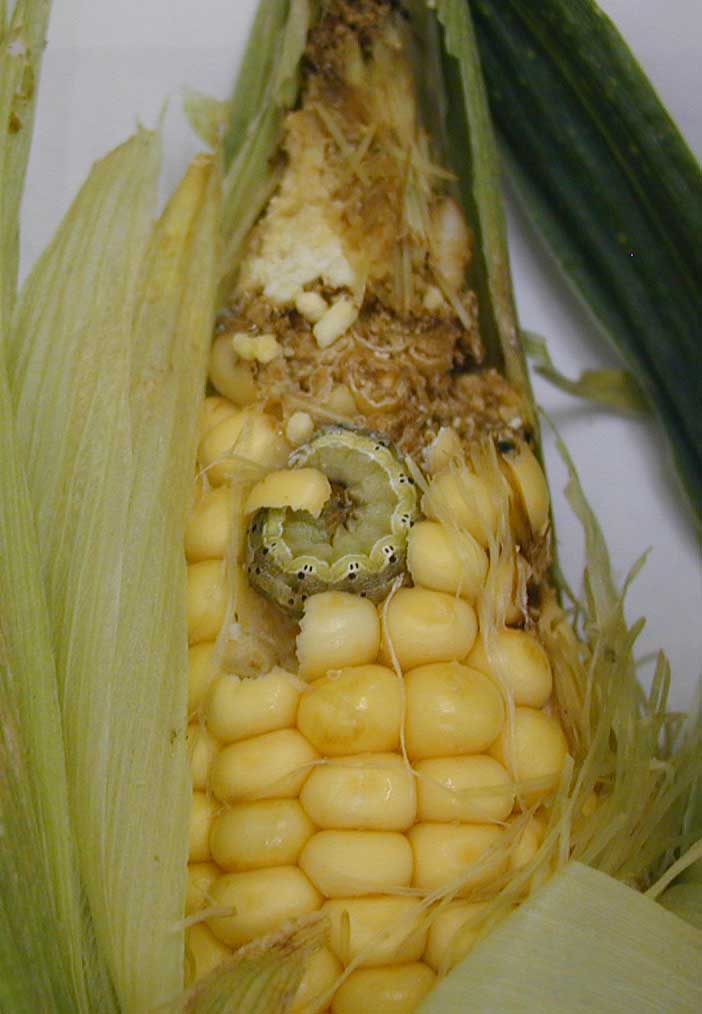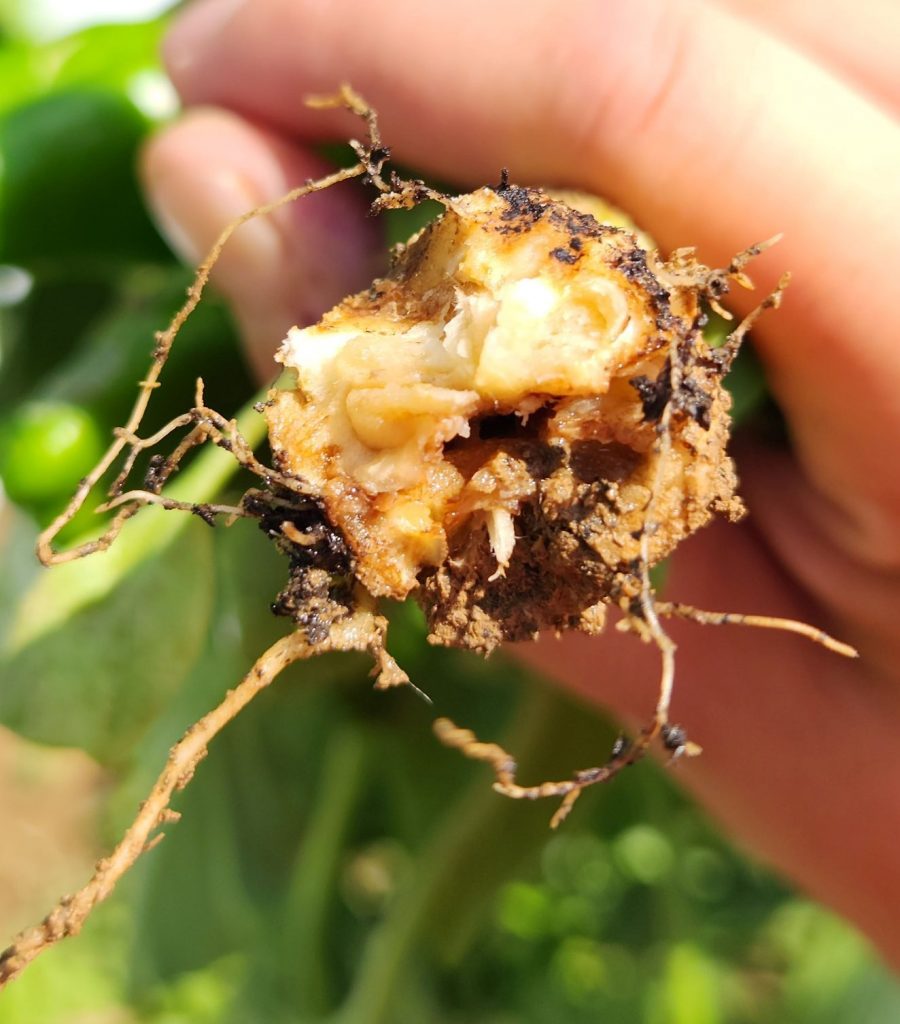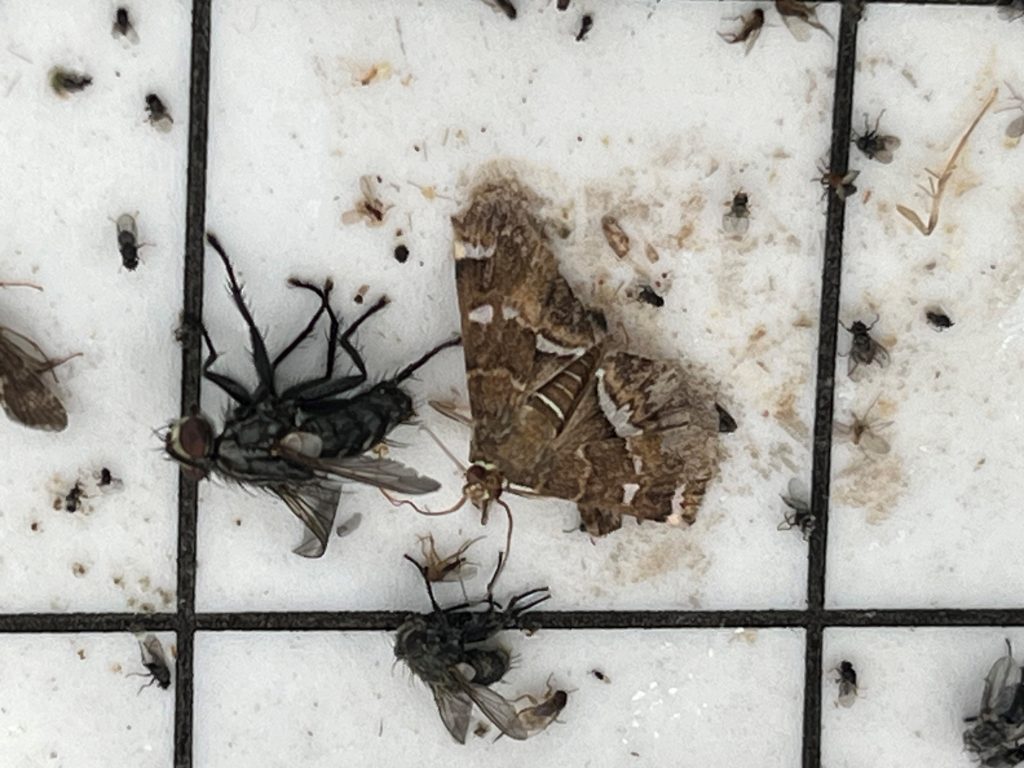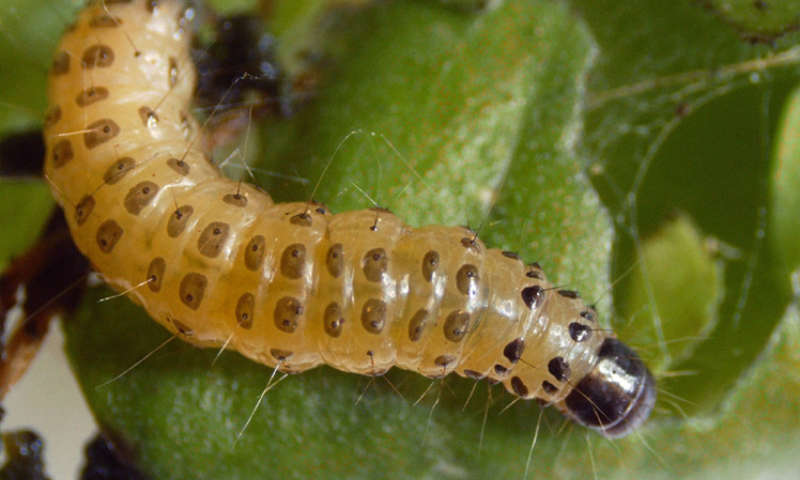Commercial vegetable producers have a new tool to assist with integrated pest management (IPM) of diseases and insects in vegetables. MyIPM for Vegetables is the newest resource in the MyIPM app series (https://myipm.app/) for smartphones and smart devices. It currently includes modules for diseases and insects of cucurbits and tomatoes, and additional vegetable crops are planned to be added in the future. Modules contain images and descriptions of diseases and insects; information on available chemical, biological, and cultural management methods for each disease/insect; and tables of labeled fungicides and insecticides that include active ingredients, product names, FRAC/IRAC codes, efficacy, application rates, preharvest intervals (PHIs), and restricted-entry intervals (REIs). Links to additional resources may also be included.
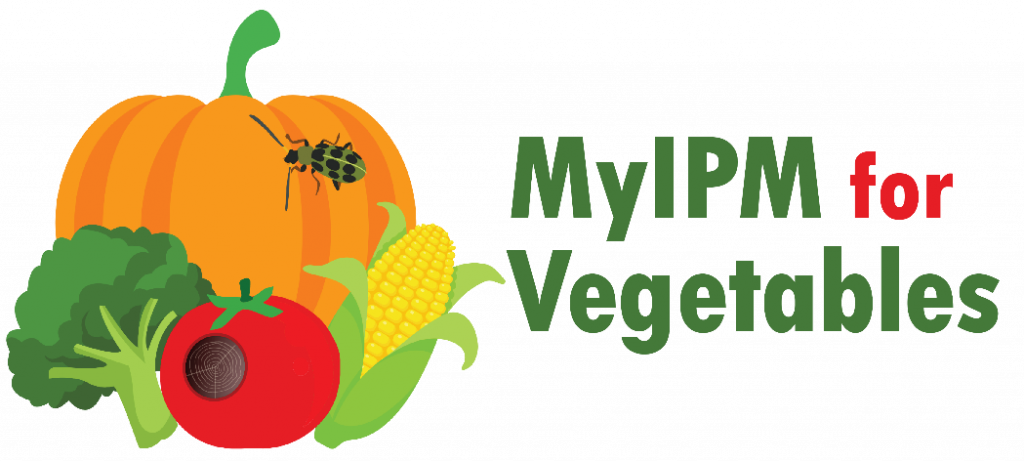
App content is focused on commercial vegetable production in the southeastern U.S., but users outside the southeastern U.S. and home gardens may also find information in the app useful. The development of MyIPM for Vegetables content was led by vegetable entomology and plant pathology specialists from universities within the southeastern U.S. who are part of the Southeastern Vegetable Extension Workers (SEVEW). The SEVEW are also responsible for the popular Southeast U.S. Vegetable Crop Handbook (www.vegcrophandbook) that has been a key resource for commercial vegetable producers in the southeastern U.S. for over 20 years. Author and image credits for specific disease or insect profiles and pictures are available at http://myipm.app/vegetabltes.
MyIPM for Vegetables is not intended to replace product labels. It is meant to be a tool to help vegetable producers make informed IPM decisions. Pesticide users should always read and follow label instructions prior to use. Product labels may change. Product rates may differ depending on the site of application (e.g., field or greenhouse) or type of application (e.g., foliar-applied or soil-applied. Check product labels for additional instructions, precautions, and/or restrictions not listed in the app. Also, check the state registration status of products prior to purchase and use; products may not be registered for use in all states.
MyIPM for Vegetables is free to download for Apple (Apple Store) and Android devices (Google Play). Content is downloaded directly to phones/devices; an Internet connection or cellular signal is not required to access content once it is downloaded. Updates, however, do require an Internet connection or cell signal, and notifications will pop up when updates for downloaded modules and the appropriate Internet/cell connection is available. The MyIPM series began with MyIPM Fruit & Nut that was originally developed by Clemson University in 2012 for peaches and strawberries; the app has since expanded to include other small fruits, tree fruits, and pecans. Other apps in the series include MyIPM Row Crops and MyIPM Hawaii. The Southern Region IPM Center maintains the databases for the MyIPM series apps.
Acknowledgement
This work is partially supported by the Southern IPM Center (Project S23-043) as part of the USDA National Institute of Food and Agriculture Crop Protection and Pest Management Regional Coordination Program (Agreement No. 2022-70006-38002).
——————————————————————————————————————–
Prepared by Dr. Rebecca A. Melanson, Associate Extension Professor, Plant Pathology, Central Mississippi Research and Extension Center; Dr. Thomas Kuhar, Department of Entomology, Virginia Tech; Dr. Tom Bilbo, Coastal Research and Education Center, Clemson University; and Ms. Inga Meadows, Department of Entomology and Plant Pathology, North Carolina State University.

